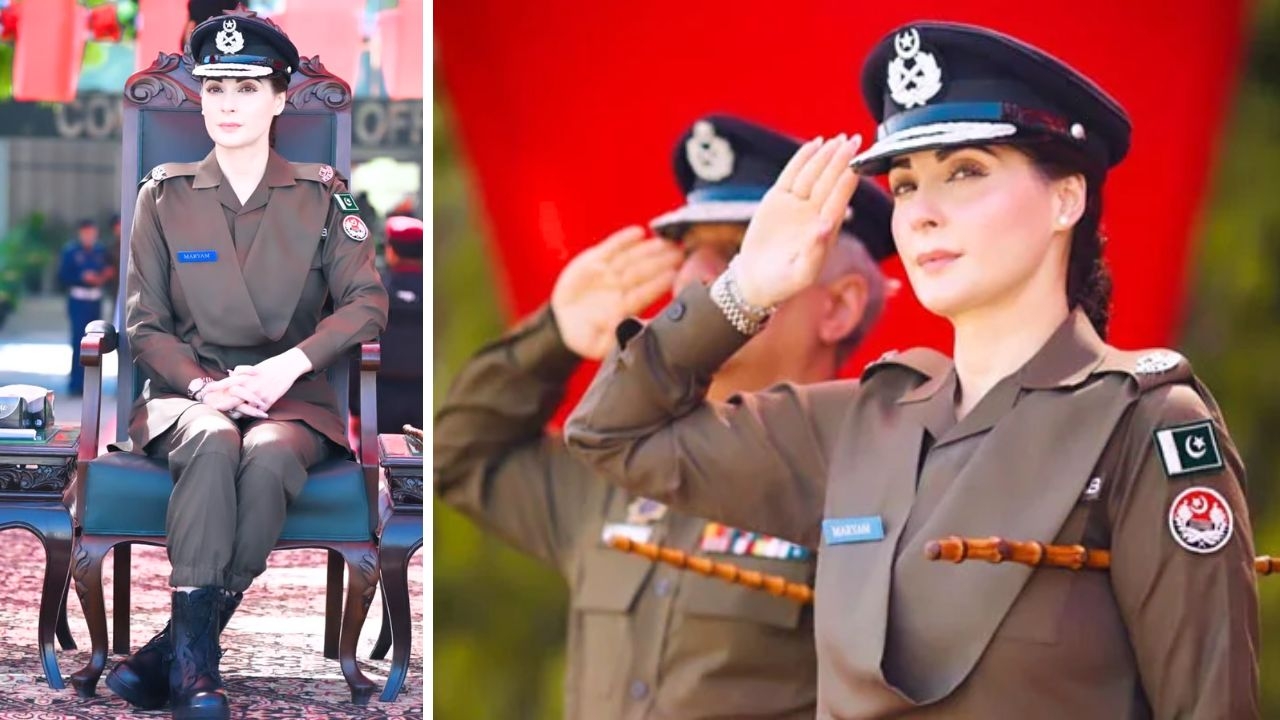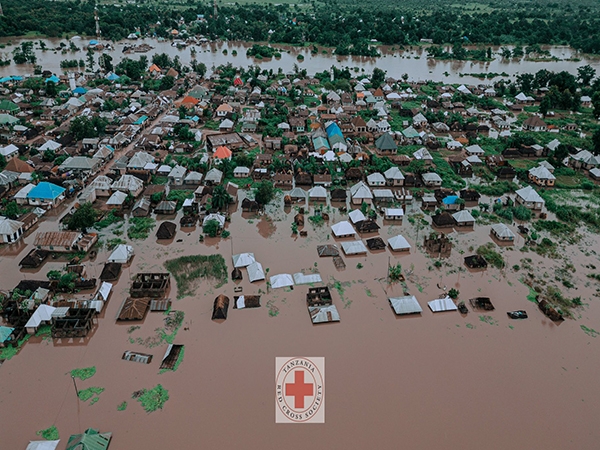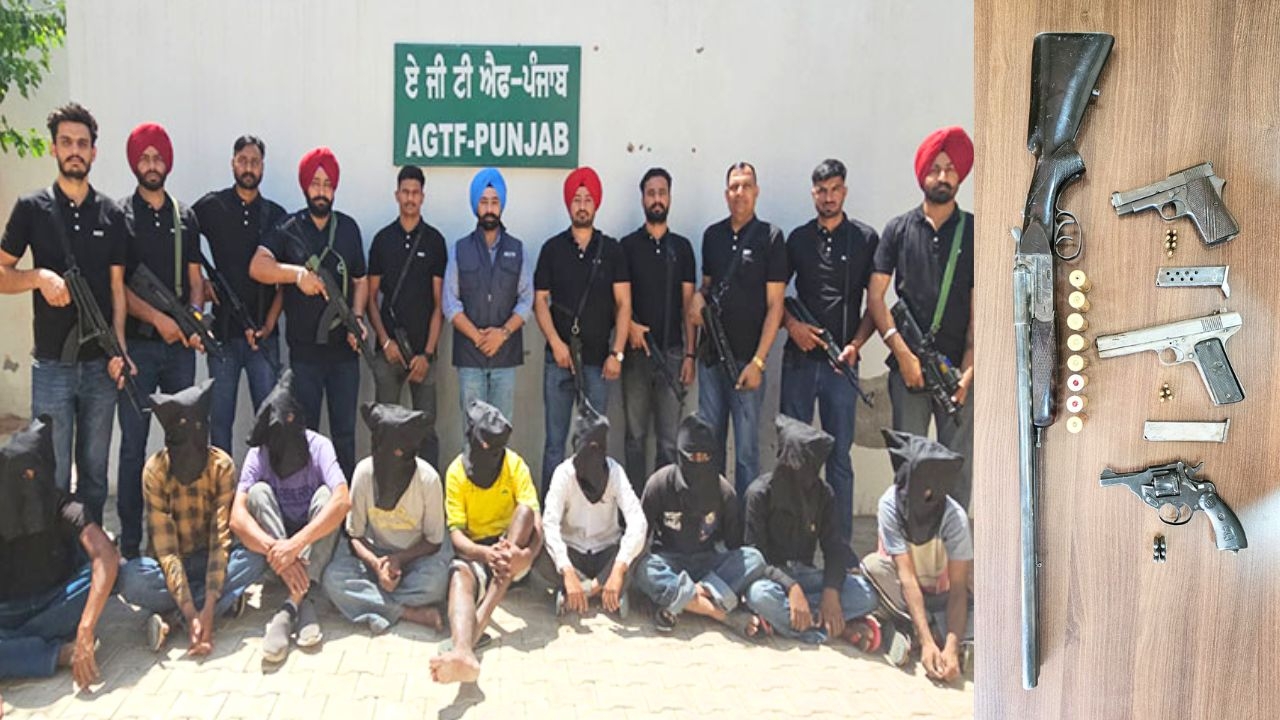What Nepal's pre-poll alliance between Left parties means for India
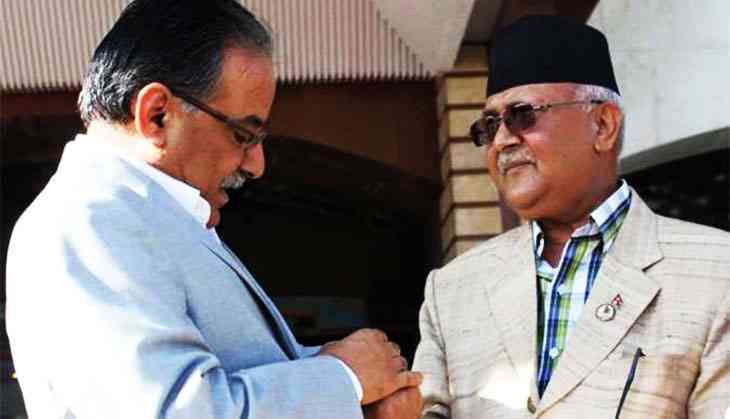
Kathmandu has sprung another surprise for the mandarins of South Block. In a press conference held on Tuesday evening, CPN (UML)-led by KP Sharma Oli, CPN (Maoist Centre) and Naya Shakti of Baburam Bhattarai announced that they will contest the forthcoming polls in an alliance.
Pushpa Kamal Dahal Prachanda, the Chief of the Maoist Centre, and Oli called it a ‘historic necessity in the interest of Nepalese people’ as they posed for photographs after the press conference. The three signed a six-point agreement post the press conference.
Bhattarai will contest on UML’s sign while Prachanda's Maoist Centre will continue with the party symbol of hammer and sickle. But there is a likelihood that all the parties may merge post elections that has been scheduled in two phases over November and December.
Also read: Impending polls & an unnatural alliance: Plutocracy tightens its grip over Nepalese polity
The coalition is a result of weeks of secret negotiations between Oli and Prachanda’s close coterie. That such a significant development was in the works was conveyed to Prime Minister Sher Bahadur Deuba well in time. But he showed little interest perhaps. And left for the US and the Middle East on a 10-day visit.
“I am taken in by considerable surprise,” former diplomat who served as India’s ambassador to Kathmandu, Deb Mukherjee, said on the formation of this new alliance.
“The Left Unity will have far-reaching implications on Nepal's politics,” commented DP Tripathi, a Member of Parliament from the NCP.
A Chinese angle?
The grapevine has it that the move to unite the Left has Beijing’s blessings – with Oli as the senior partner in the alliance and Prachanda agreeing to being a junior partner.
India’s experience with Oli has been particularly bad, with the former prime minister taking an ultra-nationalist stance, fanning anti-India emotions, and not budging on the question of accommodating the Madheshis' demands.
At a time when experts have warned that India needs to consolidate its presence and its image in the neighbourhood, especially with an eye on growing Chinese influence, this is not really good news. Albeit, New Delhi-baiters in Nepal suspect an Indian hand even in this development.
Experts say the message from Kathmandu is clear that India should not engage in micro-management. And that it needs to tread carefully.
A politician in Nepal said how India’s policy of investing in individuals rather than institutions is not sustainable in the long term – that you can put your money on a Deuba, or a Prachanda, and forget the bigger picture or the role institutions could play.
Another expert pointed out that Prachanda could have been encouraged to continue till both the phases of local polls were over instead of Deuba taking over in June.
A UML and Maoist Left unity under Oli’s leadership is the best scenario for Beijing which has been lately taking too much interest in Nepal’s internal politics. The alliance seems to have done exactly that even when both the Nepali Congress and Prachanda’s Maoist Centre continue to be in a coalition government.
The chances are grim that the new alliance would bring down this government especially since it senses trouble if Deuba were to defer the November polls.
What's India to do in this?
SD Muni, a senior academic at the Institute of Defence Studies and Analysis and an old Nepal hand in New Delhi, said that if the elections were to take place in November and this new coalition comes to power, it will certainly pose a challenge to New Delhi.
But Muni said both Prachanda and Oli may not cross the red-line when it comes to India’s interests in Nepal. Even Tripathi said that the new alliance may not be detrimental to India's interests.
And with Baburam Bhattarai also a part of this new alliance, India can hope for his moderating influence on the alliance, analysts pointed out. Opinions are sharply divided as to how much influence Bhattarai could exert as a junior partner – especially on delicate questions like the demands of Madheshis which warrant a constitutional amendment. Bhattarai was not very comfortable with either Prachanda or Oli.
Ambassador Mukherjee said both Prachanda and Bhattarai have openly spoken about their support for the rights of the Madheshis. “I hope both of these leaders would be able to influence Oli and his policies,” he said.
While Indian experts are sanguine about a balanced and thoughtful leader like Bhattarai in the alliance, and some others take solace in Prachanda’s close ties with India after the initial hiccups, politicians in Nepal, however, have a different take.
“Prachanda is the biggest loser of this alliance,” Shekhar Koirala, Member of Parliament and central committee member of the Nepali Congress, said pointing to how he has ceded space to Oli.
“If he has any morals, he and his ministers should resign from the government,” Koirala demanded.
The senior politician also explained how Bhattarai had no option but to join this alliance. “All his lieutenants have crossed over to Prachanda’s party leaving him alone,” Koirala said claiming that Bhattarai is the biggest winner in this alliance.
“He was left with no constituency of his own. But in this new alliance he may get some seats,” he explained.
Koirala, however, is not so optimistic about Oli budging on his stance when it comes to amendments. “The Maoists have gone into UML’s fold. Oli will never accept amendments,” Koirala said.
Senior Madheshi leader Rajendra Mahato, whose Sadbhawna Party was among the six which recently merged to form the RJP-N, too, said the alliance is a coming together of mostly forces which are anti-people, anti-Madhesh, and anti-India.
“Bhattarai is an exception,” Mahato said explaining why he thinks that with the power in Oli’s hand he doesn’t have much hopes from either Prachanda or Bhattarai, both of whom had promised to support amendments.
Muni, too, feels that this new alliance leaves Madheshis in the doldrums.
The Nepali Congress and Maoist Centre alliance is the best combination, Muni said for UML and Maoist Centre have similar constituencies and are eating into each other votes. The Maoist Centre and Nepali Congress coalition gave some semblance of stability after Oli’s shrill tenure which was cut short when Prachanda decided to align with the Nepali Congress in a power-sharing deal.
Left Unity would lead to more polarisation in the country. Moreover, there would be contradictions in the new alliance. But does this offer any hope to the prospects of the Nepali Congress?
Seems unlikely – if the Centrist party were to continue under the leadership of Deuba who is mostly disinterested to even address serious political developments.
Koirala says the only option for the Nepali Congress is to unite and bury factionalism. “If RPP and RJP also come together, we could do better,” he said. A democratic alliance is said to be in the works, according to reports.
With Deuba still in power, he could also go in for deferment of polls, something which could unsettle all the political forces, since polls need to be held before 21 January 2018, to bring in the implementation of the new Constitution.
Edited by Jhinuk Sen
First published: 4 October 2017, 22:22 IST
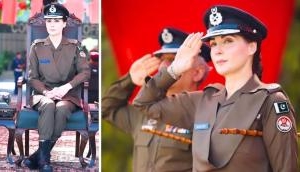

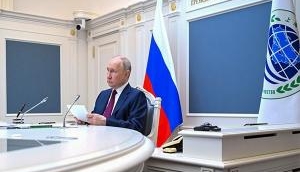
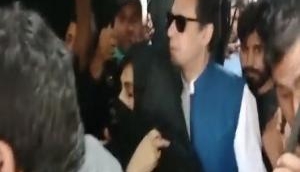

![BJP's Kapil Mishra recreates Shankar Mahadevan’s ‘Breathless’ song to highlight Delhi pollution [WATCH] BJP's Kapil Mishra recreates Shankar Mahadevan’s ‘Breathless’ song to highlight Delhi pollution [WATCH]](http://images.catchnews.com/upload/2022/11/03/kapil-mishra_240884_300x172.png)

![Anupam Kher shares pictures of his toned body on 67th birthday [MUST SEE] Anupam Kher shares pictures of his toned body on 67th birthday [MUST SEE]](http://images.catchnews.com/upload/2022/03/07/Anupam_kher_231145_300x172.jpg)




